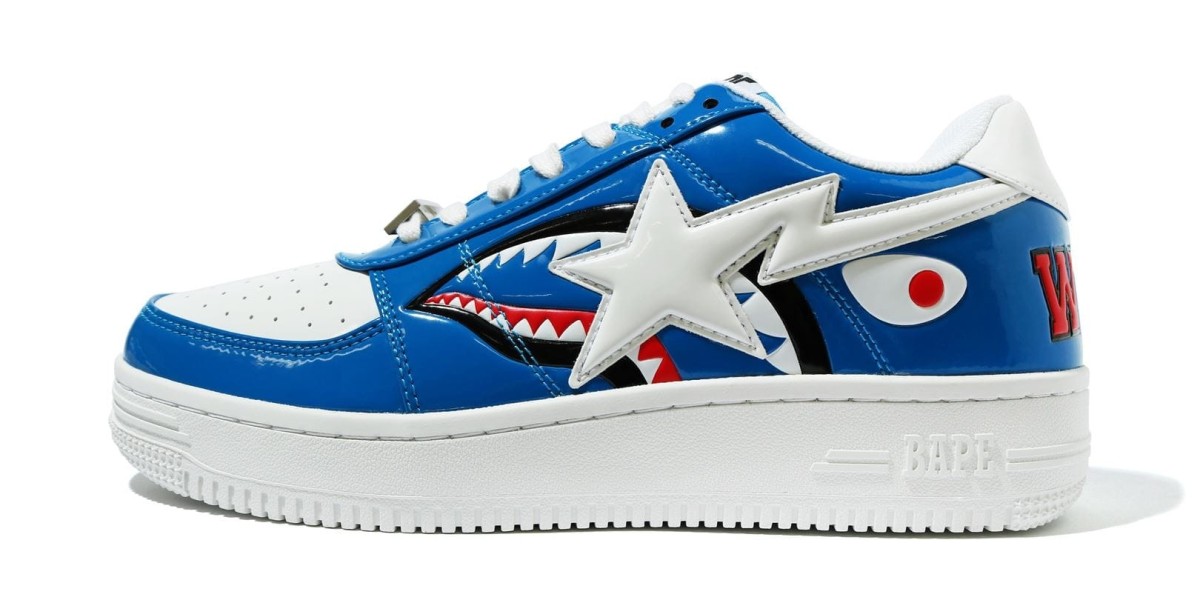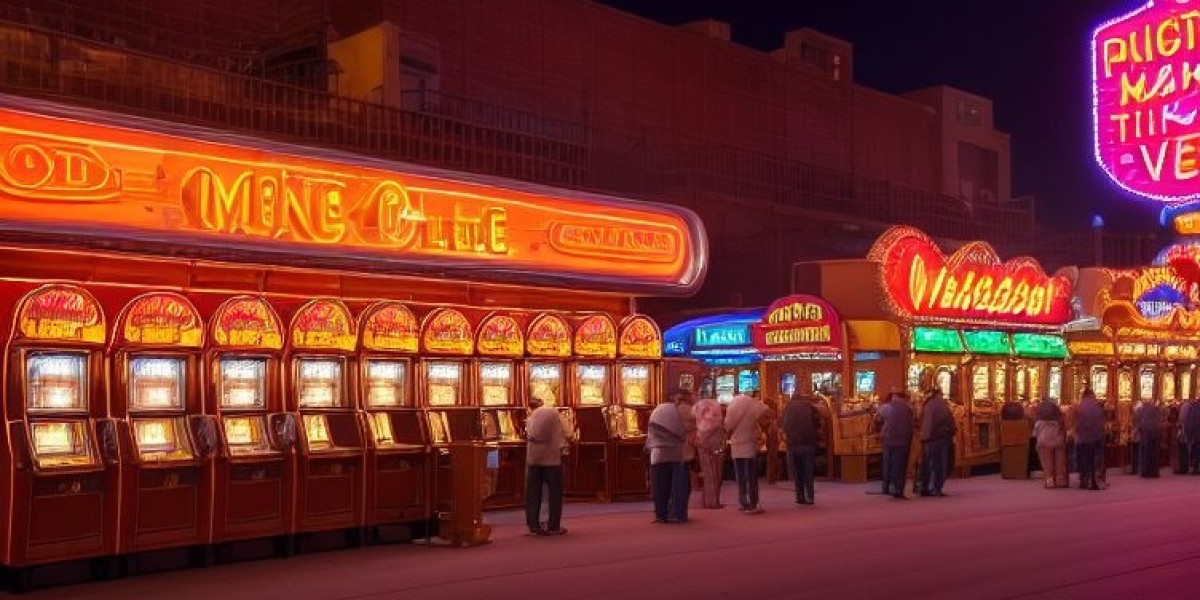BAPESTA sneakers are a monumental icon in the streetwear universe. Created by Japanese fashion designer Nigo in the early 2000s under the A Bathing Ape (BAPE) brand, BAPESTA shoes emerged as a bold reinterpretation of classic American sneaker culture through a Japanese lens. These sneakers are famous for their striking resemblance to the Nike Air Force 1 silhouette, combined with BAPE’s flamboyant colors, glossy patent leather, and the iconic shooting star logo. What started as an underground sneaker has evolved into a global fashion symbol that bridges Eastern and Western streetwear.
The Origin Story of BAPESTA Sneakers
The BAPESTA was first released in 2002, during a time when Japanese streetwear was gaining international attention. Nigo, heavily inspired by American hip-hop, street fashion, and pop art, decided to craft a sneaker that would rival the global dominance of Nike and Adidas. By reimagining the Air Force 1 with a unique twist—replacing the Nike Swoosh with the “STA” star and infusing the design with louder colorways—he created a sneaker that resonated with youth culture worldwide. The BAPESTA was not just a sneaker; it was a statement.
Design Language and Trademark Aesthetic
One of the most defining aspects of the BAPESTA sneaker is its unapologetic design. Unlike minimalist shoes, BAPESTAs are known for their high-gloss patent leather construction, vibrant color blocking, and cartoon-like appeal. From camo-printed soles to neon overlays and limited-edition character collaborations, each pair exudes artistic individuality. The signature “STA” shooting star, often outlined with bold stitching, replaces traditional brand logos, reinforcing BAPE’s ethos of creating something distinct and disruptive.
BAPESTA’s Influence on Hip-Hop and Pop Culture
The popularity of BAPESTA sneakers skyrocketed with their adoption by key figures in American hip-hop. Artists like Pharrell Williams, Kanye West, Soulja Boy, and Lil Wayne were often seen flaunting them in music videos, on stage, and during interviews. This celebrity endorsement cemented BAPESTA as a cultural artifact of the 2000s. In particular, Pharrell and Kanye’s association with BAPE pushed the brand into the Western mainstream, and the BAPESTA became synonymous with cutting-edge fashion and musical innovation.
Limited Releases and Collectibility of BAPESTA
Part of what makes BAPESTA so coveted is its limited-edition nature. Unlike mass-produced sneakers, BAPE often releases BAPESTAs in highly restricted quantities, making them collector’s items. Over the years, rare releases such as the Marvel Comics pack, the KAWS collaboration, and BAPE x Undefeated editions have driven resale prices into the thousands. Owning a rare BAPESTA pair is considered a badge of honor among sneakerheads and streetwear aficionados.
The Role of Color in BAPESTA’s Popularity
Color plays a vital role in the identity of BAPESTA sneakers. Unlike traditional athletic sneakers that stick to neutral palettes, BAPESTAs embrace loud, almost surreal combinations—metallic reds with sky blues, bubblegum pinks with acid greens. These colors not only attract attention but also embody the rebellious and individualistic spirit of streetwear. Every colorway tells a different story, whether it reflects pop art, anime, or digital aesthetics.
Collaborations That Elevated BAPESTA’s Status
Over the years, BAPESTA has collaborated with some of the most influential names in fashion, entertainment, and art. From the world of music, BAPE joined hands with Kanye West to release the legendary “Dropout Bear” BAPESTA. Visual artists like KAWS and Futura brought their unique touch to the silhouette, while brands like Comme des Garçons and Undefeated infused their own design language into the sneaker. These collaborations elevated BAPESTA from a streetwear product to a cross-cultural art piece.
BAPESTA vs. Nike Air Force 1: Inspiration or Imitation?
The similarity between the BAPESTA and the Nike Air Force 1 is undeniable. The outsole, shape, and overall silhouette closely mimic the legendary AF1. However, BAPE’s defense lies in its transformation of the shoe from a utilitarian basketball sneaker to a fashion-forward art piece. By reimagining the design with exotic materials, bold branding, and cultural references, Nigo turned the sneaker into something uniquely his own. While some critics call it an imitation, fans see it as a tribute that evolved into an original masterpiece.
BAPESTA’s Revival and Continued Relevance
After a brief hiatus in the 2010s, BAPE has reintroduced BAPESTAs with renewed energy. With high-profile collaborations, updated materials, and modern marketing strategies, BAPESTAs are once again dominating social media feeds and sneaker blogs. Gen Z consumers, drawn to Y2K fashion and nostalgia, are rediscovering the appeal of these legendary sneakers. In an era where fashion moves fast, BAPESTA continues to stand its ground as a timeless classic with futuristic energy.
Why BAPESTA Sneakers Continue to Thrive
What keeps BAPESTA relevant is its ability to evolve without compromising its identity. Newer models embrace contemporary design trends while retaining the shoe’s original DNA. The sneaker community now spans continents—from Harajuku to Harlem—and the BAPESTA sits at the heart of that culture. Its versatility allows it to be styled with cargo pants, oversized tees, designer jeans, or even formal streetwear hybrids. It is not just a sneaker—it’s a global lifestyle symbol.
Conclusion: The Timeless Power of BAPESTA
BAPESTA is more than a pair of shoes. It represents creativity, rebellion, cultural fusion, and the power of individuality. Born out of Tokyo's vibrant streets and raised in the global limelight of hip-hop and street fashion, BAPESTA has carved its name into the history of sneakers.








